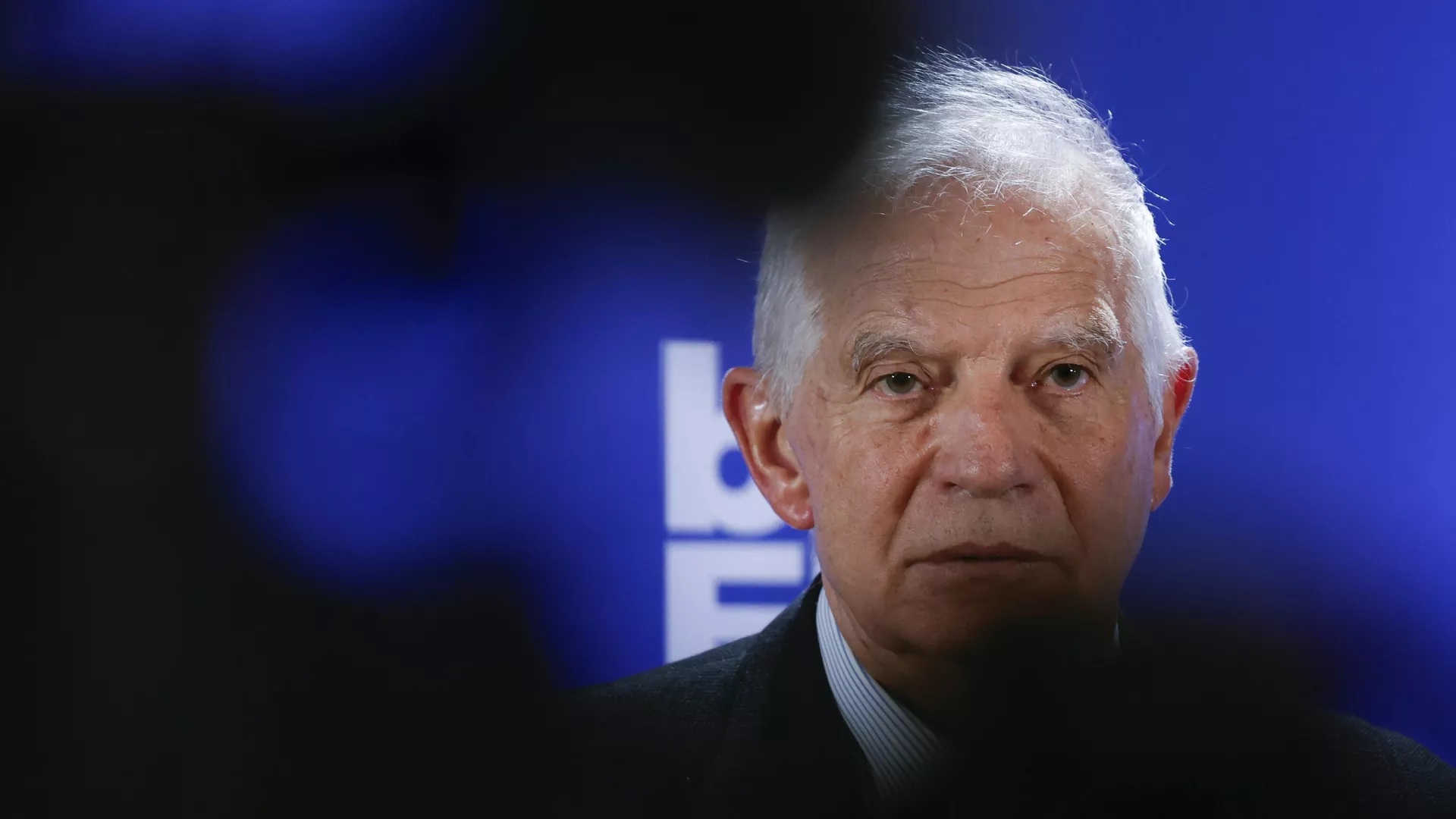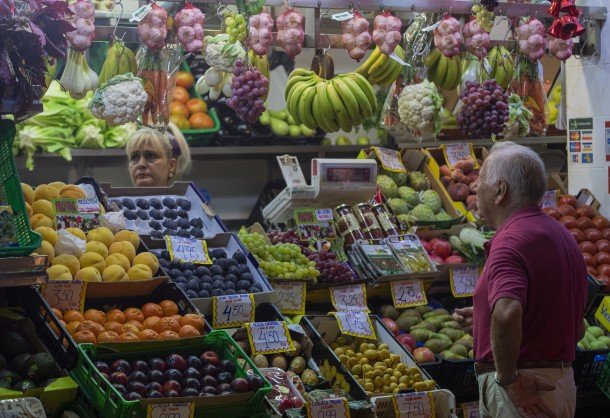Imagine a robot, not just replicating art, but creating it stroke by stroke, just like a human artist. Researchers at Spanish universities have made that dream a reality with their new deep learning model that allows a humanoid robot to sketch pictures in real-time.
This innovative project, described in a recent paper published in Cognitive Systems Research, marks a significant step forward in the intersection of robotics and art. Unlike existing “printer-bots” that simply reproduce pre-generated images, this robot leverages deep reinforcement learning to make its own artistic decisions, line by line.
“We wanted to create a robot application that would capture the imagination of both scientists and the public,” explains Raúl Fernandez-Fernandez, co-author of the paper. “The idea of a robot creating art seemed particularly striking, and so we embarked on this exciting journey.”
The research team, aiming for more than just complex paintings, focused on developing a robust and physically capable robot artist. Their goal was to refine the “robot control stage” of existing painting applications, enabling the machine to create art with fluidity and precision.
This achievement draws on years of research into advanced algorithms for creative robots. The current paper combines two previously successful approaches: Quick Draw! dataset training, explored by the team in earlier work, and Deep-Q-Learning, which allows robots to execute complex movements that can even convey emotions.
“This project holds immense potential,” says Fernandez-Fernandez. “It opens exciting new avenues for exploring the creative capabilities of robots, blurring the lines between technology and art.”
The future of robotic art is bright, and this innovative project paves the way for further advancements. Who knows, one day robots might even be hanging their own masterpieces in galleries alongside human artists!
How Robots Learned to Sketch
The robot artist we met earlier isn’t just a lucky brushstroke generator. Its impressive skills stem from a complex deep learning system, meticulously crafted by researchers. Let’s delve deeper into the inner workings of this robotic maestro.
The core of the system lies in a Deep-Q-Learning framework, inspired by a previous work by Zhou and colleagues. This framework, enhanced by Fernandez-Fernandez’s team, allows robots to meticulously plan actions and tackle intricate tasks in diverse environments.
Imagine the robot’s brain as a three-part neural network. The first, a global network, grasps the big picture of the canvas. The local network zooms in on the specific painting area, while the output network, like a conductor, combines their insights to determine the next brushstroke.
But the robot doesn’t paint in a vacuum. Two additional channels feed information about tool position and distance, like a GPS for its artistic endeavors. All this data guides the network, honing its sketching prowess.
To make the robot’s art truly human-like, the researchers introduced a pre-training phase with a “random stroke generator.” Think of it as the robot doodling to loosen up before a masterpiece.
“We use special techniques to avoid overestimation and a custom reward system for training,” explained Fernandez-Fernandez. “Plus, we have a ‘sketch classification network’ that analyzes the artwork and uses its feedback as a reward, adding flexibility.” This means the robot isn’t just copying, it’s also interpreting and adding its own creative touch.
Bridging the gap between the digital world and the physical canvas was crucial. The researchers created a virtual grid within the real canvas, allowing the robot to translate AI-generated positions into real-world strokes.
“The key achievement here is the advanced control algorithms,” said Fernandez-Fernandez. “We’ve shown that Deep-Q-Learning can significantly improve how robots paint. These frameworks have immense potential to go beyond simple tasks and create truly original art.”
This research is a glimpse into a future where robots don’t just mimic art, they create it. Fernandez-Fernandez hopes this model will inspire further exploration, leading to robots that can tackle even more complex tasks with artistic flair.
And there’s more! The team has been working on robots that can even express emotions in their art. “We developed a system that extracts emotions from a human and transfers them to a robot,” Fernandez-Fernandez revealed. “This opens exciting possibilities for robots that not only create art, but also imbue it with feeling.”
The future of robotic art is bright, and this research paves the way for robots to become not just creators, but also emotional storytellers through their art.
Stay tuned for the next chapter in this fascinating journey!
source: https://techxplore.com




